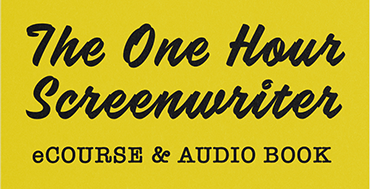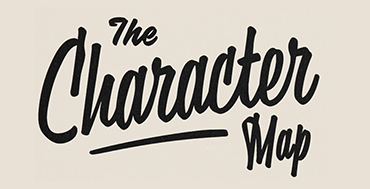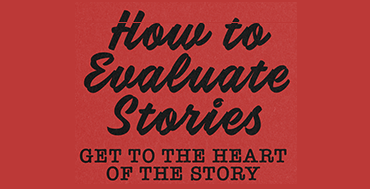 Personality
Personality
Power of Truth characters believe the world is filled with hidden dangers, secretive enemies and concealed pitfalls. This character’s philosophy might be stated: “Things are never what they seem.” “Trust no one.” “Question everything.” “Watch out for secret agendas and hidden pitfalls.”
On a personal level, they are hyper-aware of shifting alliances and are always on the lookout for possible falseness, duplicity or treachery in any relationship or situation. These characters are very imaginative and perceptive and that creativity and sensitivity can also get them into trouble. They can spin disaster scenarios or conspiracy theories inside their heads that have no basis in reality.
The Power of Truth character asks “What does society demand, expect or value?” and then often sets out to debunk or disprove the answer. These characters are compelled to uncover the concealed nature and (often rotten) underbelly of things.
A character driven by the Power of Truth is often the protagonist in mystery stories, mistaken identity stories, investigative stories and detective stories. In an ensemble cast, these characters are frequently secret keepers, strategists, counselors or advisers. In whatever role they play, they look beneath the surface of things to discover what lies below or is hidden from view.
Character Examples
Film examples include Clarice Starling in The Silence of the Lambs, Captain Benjamin L. Willard in Apocalypse Now, Jake Gittes in Chinatown and Leonard Shelby in Memento. For more movie examples see the Power of Truth blog posts.
A comedic version of this character is the anxious urban neurotic played by Woody Allen in Manhattan, Hannah and Her Sisters and Annie Hall, Billy Crystal in When Harry Met Sally and Analyze This or Jerry Seinfeld and George Costanza in Seinfeld. These comedic characters are often keen observers and slightly neurotic worriers who see the potential for disaster around every corner.
Television drama examples include Nick George in Dirty Sexy Money, Fox Mulder in The X Files and Dr. Jennifer Melfi and Silvo Dante in The Sopranos and Patrick Jane in The Mentalist. for more television example see the Power of Truth blog posts.
Power of Truth eBook
Comprehensive Analysis
The Power of Truth Character Type eBook illustrates exactly how to create and differentiate this character based on his or her:
(1.) World View (beliefs about how the world works) What are the essential core beliefs that motivate a Power of Truth character’s ordinary actions?
(2.) Role or Function (position in the story or role in the ensemble) What do the other players look to a Power of Truth character to do or provide in the story?
(3.) Values in Conflict (competing values that push the character to extremes) What opposing choices or goals establish the Truth character’s moral code? What is this character willing to fight, sacrifice or die for? And why?
(4.) Story Questions (emotional journey in the story) What personal issues, dilemmas and internal conflicts does a Power of Truth character wrestle with over the course of the story? What does this character ask of him or her self? What is this character’s Leap of Faith in an emotionally satisfying story?
(5.) Story Paradox (emotional dilemma) What is the duality or the contradiction at the heart of a Power of Truth character’s story struggle? How is the character’s internal conflict expressed in actions.
(6.) Life Lessons (how to complete the emotional journey) What must a Power of Truth character learn over the course of the story to make a clear, satisfying personal transformation? What actions lead to this character’s emotional salvation?
(7.) Dark Side (this character as a predator or villain) What happens when a Power of Truth character’s actions are driven entirely by fear? How might or how does the story end in tragedy?
(8.) Leadership Style (what defines and qualifies this character as a leader) How does a Power of Truth character convince others to follow? How does this character act to take charge and command?
(9.) Film Examples (the Power of Truth character as a protagonist)
(10.) Television Examples (the Power of Truth character as central to an ensemble)
(11.) Real Life Examples (historical Power of Truth figures on the world stage)
 Personality
Personality



No comment yet, add your voice below!